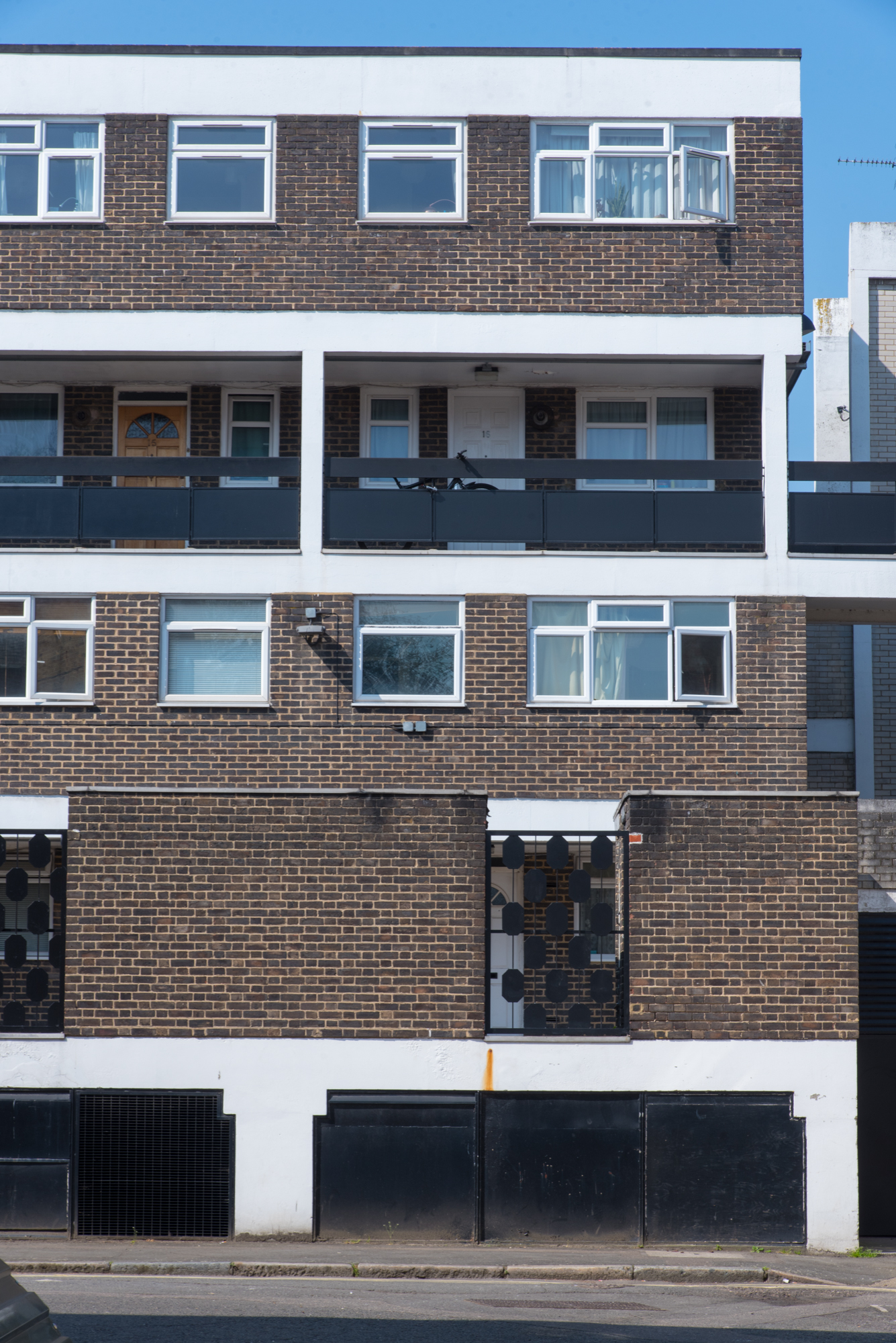In a recent post I made the observation that government impact assessments, and especially equality impact assessments, tended to reveal more about a policy than all the other official documents put together, and that looking at any policy from the point of view of those most likely to be worst affected tends to expose the downside or weak links in the argument.
The point is well supported by the DWP impact assessments on the housing benefit changes, or more correctly the Local Housing Allowance changes, published last week.
At constant prices, and taking account of the recent minor concessions in the proposals, the LHA savings will start in 2012/13 and build up to £1040m in 2014/15, slightly offset by piddling amounts for increased discretionary payments and an (extremely welcome) allowance for an extra room for a carer. In 2014/15:
– removing the £15 bonus for people achieving a rent below the LHA rate (the shopping around incentive) will save £550m
– setting Local Housing Allowance at the 30th percentile of local rents will save £425m, and
– capping LHA rates will save £65m.
The first point to note is the relatively small saving from the ‘cap’, given that virtually all government comment on the LHA issue has focused on excessive benefit payments to people in high rent areas, especially in central London. 17,400 households are affected – often very severely – by the caps. The much higher saving from the ‘30th percentile’ change will have far more impact. It will affect more than three-quarters of a million households in all parts of the country.
Nearly everyone will lose: over 900,000 households, a stunning figure. The national average loss is £12 per week, from an average benefit of £126, but the hardest-hit group, households needing a 5 bedroom property, will lose an average of £57 per week as the 5 bed rate is withdrawn entirely. All the regions/nations are hit, with London top with an average loss of £22 per week. The biggest groups numerically are those in the 1 and 2 bedroom categories, who will face average losses of £11 and £15 respectively. The lack of grip on the reality of what it is like to live on a very low income is illustrated by the argument that “only four per cent of cases will have a shortfall of over £20 a week” – well, that’s all right then.
DWP refuse to make an assessment of the number of households that will have to move. They say they can’t predict behaviour, and customers have options – for example, “some may start work or increase working hours”, others “may be able to renegotiate their rent with their landlord and others may have resources such as savings they can fall back on”. To be fair, they do note that the Greater London Authority’s estimate that over 9,000 households may need to move in London as a consequence of the caps, and that 6,800 of those will be families; and Shelter’s estimate that between 68,000 and 134,000 households may have to move nationally.
“David Cameron insisted today
no one will be made homeless
by limiting ‘extravagant’ housing benefits”
Daily Mail
Contrary to the assertions of leading members of the coalition, including David Cameron, the impact assessment notes “a risk of households falling into rent arrears leading to eviction and an increase in the numbers of households that present themselves as homeless”…. and that “any resulting population movement could have wider impacts. People who move may need to rearrange their children’s schooling, healthcare arrangements or, where relevant, social services support; they may also need assistance with finding accommodation.”
Other specific groups affected by the changes include:
Disabled people, especially those who may have to move across a council boundary, because care and support packages do not move with the person and settled arrangements will be disrupted as the new authority carries out a new assessment. This “could lead to gaps and delays in new arrangements being put in place and consequential distress for the individual.”
Large families, who often have poor employment prospects and a much increased risk of poverty: for them, the “cap could affect their risk of overcrowding and the associated health and educational effects.”
Ethnic minority groups, who tend to have a higher proportion of large families, will be likely to be affected disproportionately. Further research may be commissioned in this field as there are “limitations in current data.”
Quotable quote from the impact assessment
“the impact assessment recognises that there are a number or risks as follows:
– increases in the number of households with rent arrears, eviction and households presenting themselves as homeless;
– disruption to children’s education and reduced attainment;
– disruption to support services for people with disabilities and other households with care and support needs;
– increase in the number of households living in overcrowded conditions; and
– a decrease in the number of and quality of private rented sector properties available to Housing Benefit tenants.”
The truth will out.
Quotations from DWP impact assessment: http://www.dwp.gov.uk/docs/lha-impact-nov10.pdf
apart from *David Cameron http://www.dailymail.co.uk/news/article-1324941/David-Cameron-claims-homeless-cuts-social-housing-budget.html#ixzz17LsNDNnz


